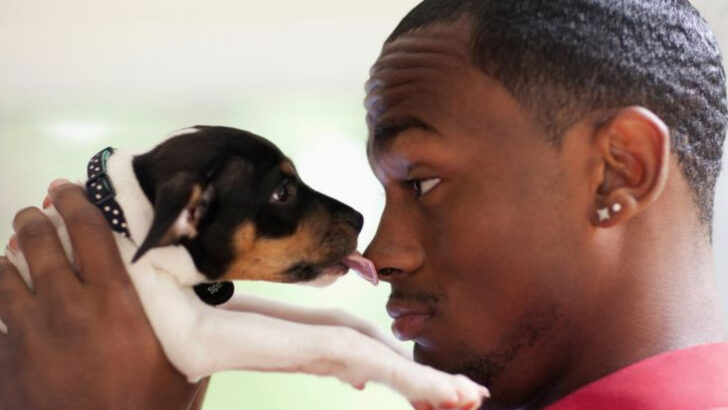Your dog could be a superstar—if only they knew it!
Tired of the chaos, the chewing, the endless barking? Imagine a dog who listens like a pro, wins hearts everywhere, and makes your life smoother.
It’s not magic. It’s training, tricks, and a sprinkle of patience.
Ready to turn that wild furball into the charming, well-mannered buddy everyone envies?
These 18 game-changing tips will get you there—fast. From simple commands to clever hacks, your dog’s transformation starts today.
Get ready for tail wags, fewer messes, and more “awws” than ever before.
Because let’s face it—life’s better with a dog who knows how to behave… but still knows how to steal the show.
Start with Basic Commands
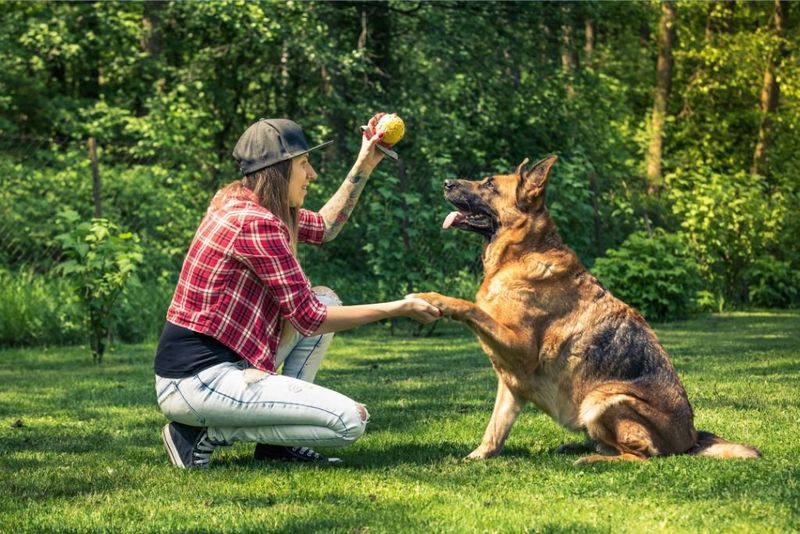
Teaching your dog basic commands is the first step towards ensuring a well-mannered companion. Begin with “sit,” “stay,” and “come,” as these form the foundation for more advanced training. Dogs thrive on consistency, so keep your commands clear and rewards predictable.
Practice daily in different environments to strengthen your dog’s command recognition and adaptability. Patience is key, and over time, your dog will respond promptly and confidently.
Encourage friends to give commands to reinforce learning. A dog that responds to basic commands is not only easier to manage but also safer to take on outings.
Socialize Early, Socialize Often
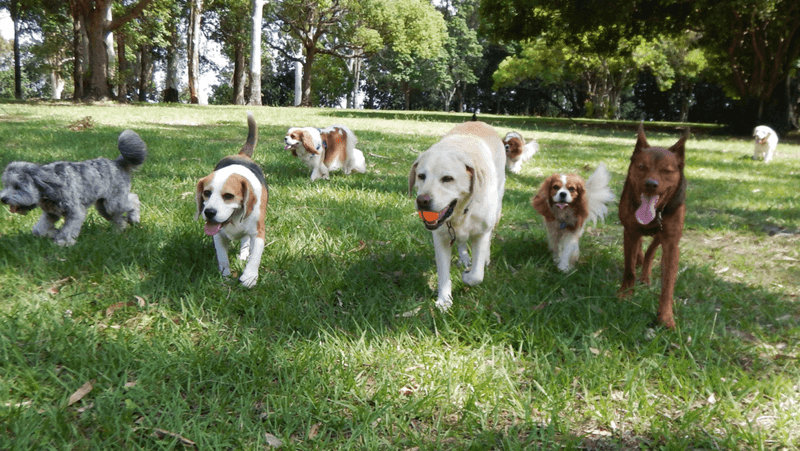
Socialization is crucial to your dog’s development and behavior. Introduce your dog to various environments, people, and other animals from an early age. This exposure helps reduce fear and aggression.
Frequent socialization leads to a calm and composed dog, capable of handling new experiences without stress. Attend puppy socialization classes or arrange playdates to facilitate positive interactions.
Remember, a well-socialized dog is confident and friendly, making them a joy to be around. It’s the difference between a nervous bark and a wagging tail when guests arrive.
Positive Reinforcement

Positive reinforcement is a powerful training tool. Rewarding your dog for good behavior encourages them to repeat those actions. Use treats, praise, or playtime as rewards.
Timing is crucial; offer rewards immediately after the desired behavior to strengthen the association. This method fosters trust and enhances your dog’s willingness to learn.
Avoid punishment, as it can lead to fear and anxiety, impeding training progress. Celebrate small victories and your dog will soon understand what pleases you. A happy, eager-to-learn dog creates a harmonious home environment.
Set a Routine
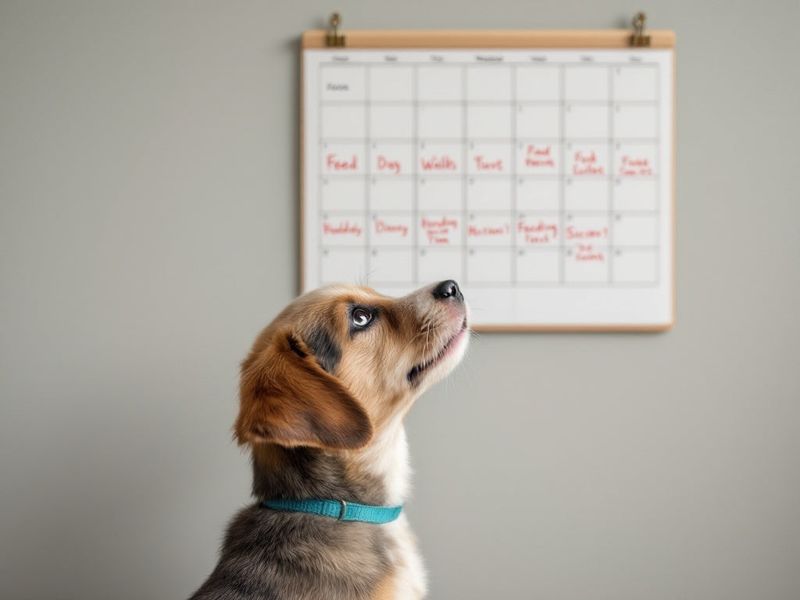
Dogs are creatures of habit. Establishing a routine helps them understand what to expect and when. Set regular times for feeding, walks, and play to provide structure.
Consistency in daily activities reduces anxiety and behavioral issues. A well-scheduled day allows dogs to feel secure and confident in their surroundings.
Make sure to stick to the routine even on weekends or holidays. This predictability aids in training and managing your dog’s energy levels effectively. A consistent routine is the backbone of a well-behaved pet.
Exercise Mind and Body
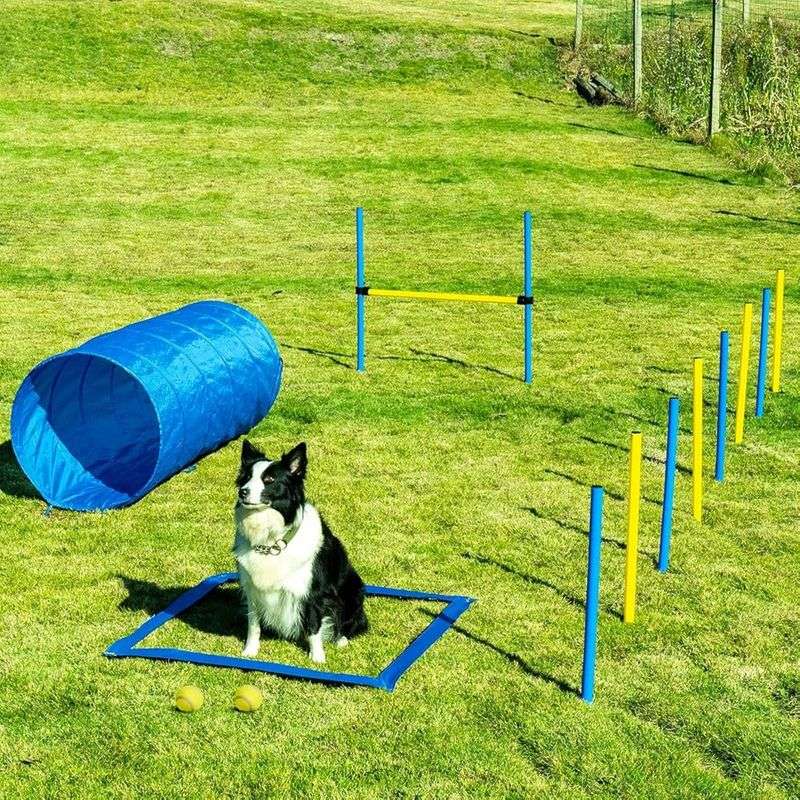
Regular physical exercise is essential for a dog’s health, but mental stimulation is equally important. Engage your dog with puzzle toys, interactive games, and varied outdoor activities.
A mentally and physically stimulated dog is less likely to develop destructive behaviors due to boredom. Incorporate activities that challenge their problem-solving skills.
Balanced exercise routines lead to a content and well-behaved pet, reducing anxiety and improving overall quality of life. Remember, a tired dog is a happy dog, and happiness often equates to obedience.
Train for Leash Manners
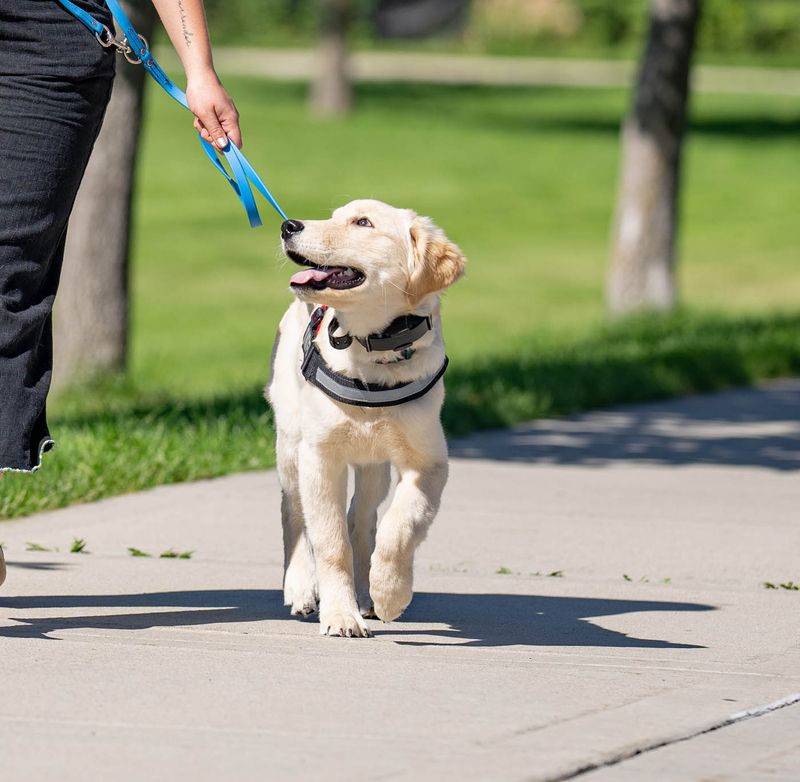
Good leash manners are vital for enjoyable walks. Start leash training in a quiet area and gradually introduce distractions.
Teach your dog to walk beside you, not pulling or lagging. Practice the “heel” command and reward your dog for maintaining a loose leash.
Walks become a pleasure rather than a struggle, enhancing the bond between you and your pet. Well-trained leash behavior ensures safety in crowded or high-traffic areas, making every outing a positive experience.
Teach Impulse Control

Impulse control in dogs enhances their ability to respond to commands in high-stimulus scenarios. Teach your dog to wait before eating, sitting at doors, or staying calm when excited.
Use commands like “wait” or “leave it,” rewarding patience and self-control. Consistent practice helps dogs resist urges to jump or bark excessively.
Improved impulse control makes your dog more manageable and attentive, creating a peaceful coexistence. This discipline is crucial in preventing unwanted behavior and ensuring your pet’s safety.
Use Clear Communication
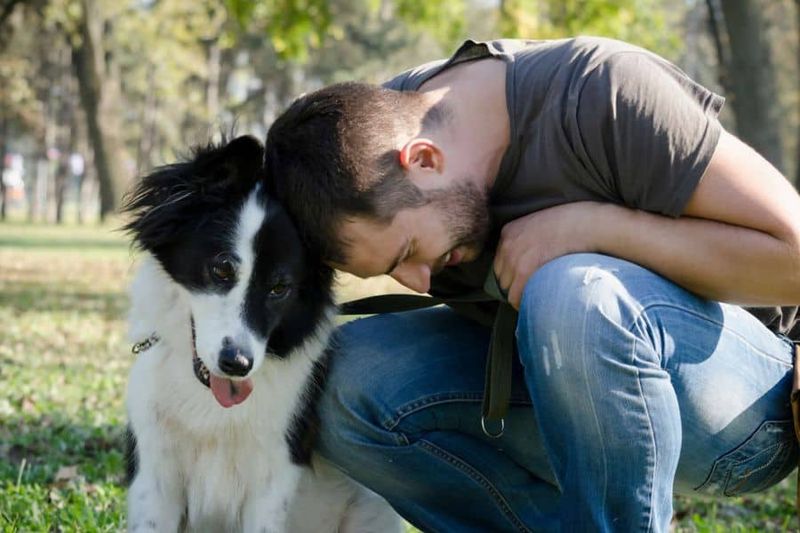
Clear communication is fundamental in training. Use consistent words, tones, and gestures to convey commands and praise.
Dogs read body language as much as they listen to words, so ensure your actions align with verbal cues. Mixed signals confuse dogs, leading to frustration.
Establish a communication style your dog understands and responds to. This clarity strengthens your relationship and aids in achieving desired behaviors more efficiently. Remember, effective two-way communication is key to any successful relationship, including with your furry friend.
Address Behavioral Issues Early

Addressing behavioral issues promptly prevents them from becoming ingrained habits. Identify problem behaviors such as excessive barking or chewing early on.
Consult professional trainers if needed, who can provide tailored solutions and resources. Early intervention increases the likelihood of correcting behaviors effectively.
An understanding approach, paired with consistency and patience, will guide your dog towards better habits. Tackling issues early ensures your home remains a welcoming environment for both dog and human.
Provide Safe Spaces
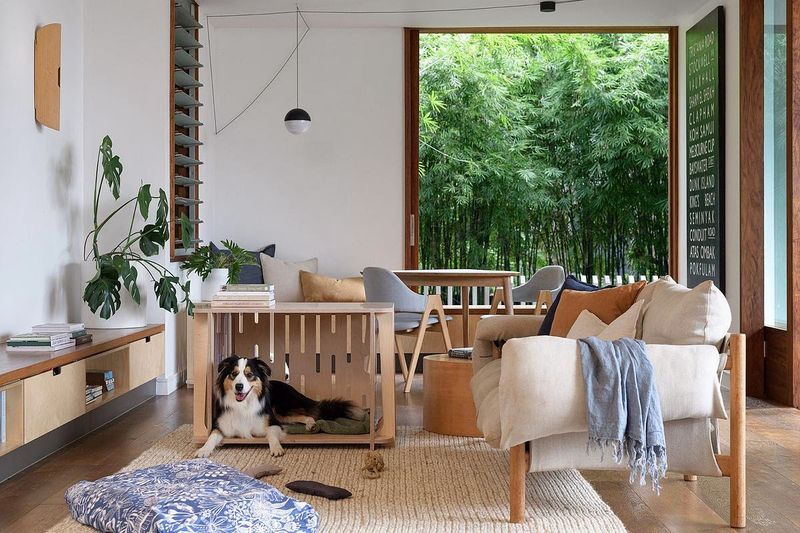
Offering a safe space is crucial for your dog’s well-being. Create a designated quiet zone where your dog can retreat and relax.
This area should be free from disturbances, providing comfort during times of stress or exhaustion. A safe space fosters a sense of security and aids in reducing anxiety.
Your dog will appreciate having a personal area to unwind, leading to a calmer demeanor overall. This sanctuary is an essential part of a harmonious household.
Engage in Play and Bonding
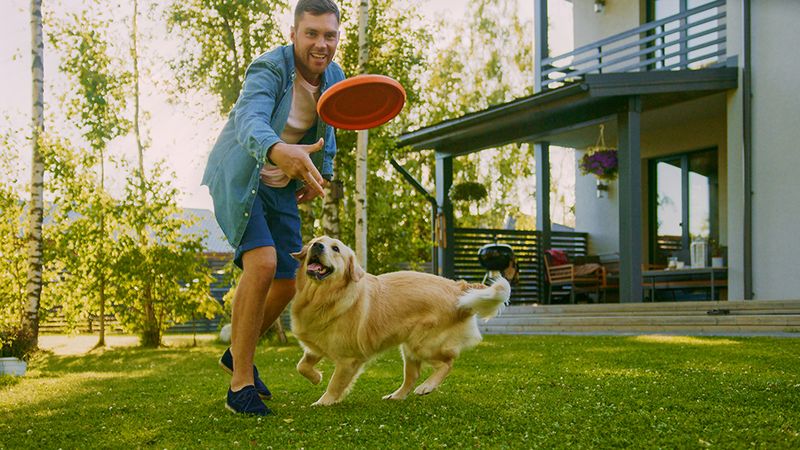
Play is an essential aspect of strengthening your bond with your dog. Engage in activities that both you and your dog enjoy.
Games like fetch, tug-of-war, or agility courses promote physical health and deepen your connection. Regular play sessions reduce stress and behavioral issues resulting from boredom.
Bonding through play fosters mutual trust and respect, essential elements in a well-behaved dog. A happy, engaged dog is more likely to listen and respond positively to commands.
Consistency with House Rules

Consistency is vital in establishing house rules for your dog. Decide on rules such as off-limit areas or furniture and ensure all family members enforce them.
Inconsistency leads to confusion and undermines training efforts. Make expectations clear and reward adherence to rules.
A unified approach ensures your dog understands boundaries, contributing to a well-ordered home. Consistent rules create a respectful environment where your dog knows what is expected.
Control the Barking
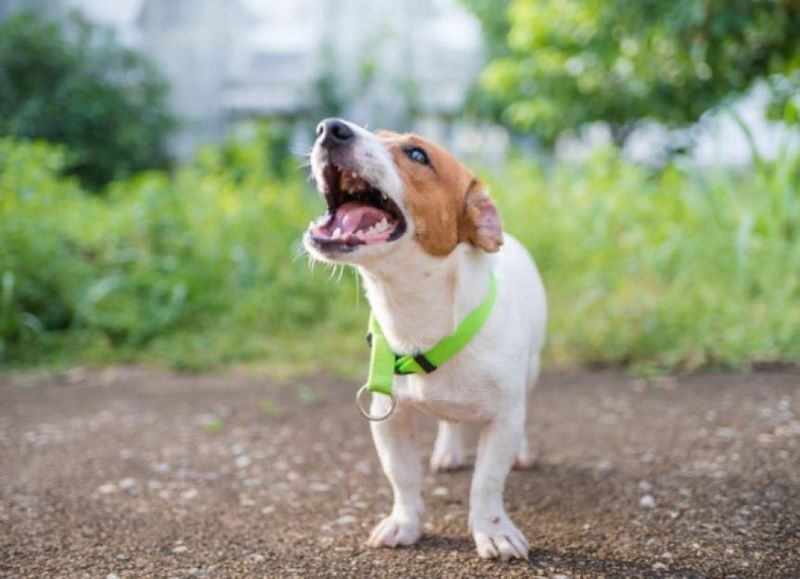
Excessive barking can be a nuisance. Teach your dog when it’s appropriate to bark and when to be quiet.
Use commands like “quiet” or “enough,” rewarding silence with treats or praise. Identify triggers and address them through training.
Reducing unnecessary barking creates a peaceful home environment and improves your dog’s behavior in public settings. A dog that barks appropriately is a more pleasant companion.
Feed a Balanced Diet
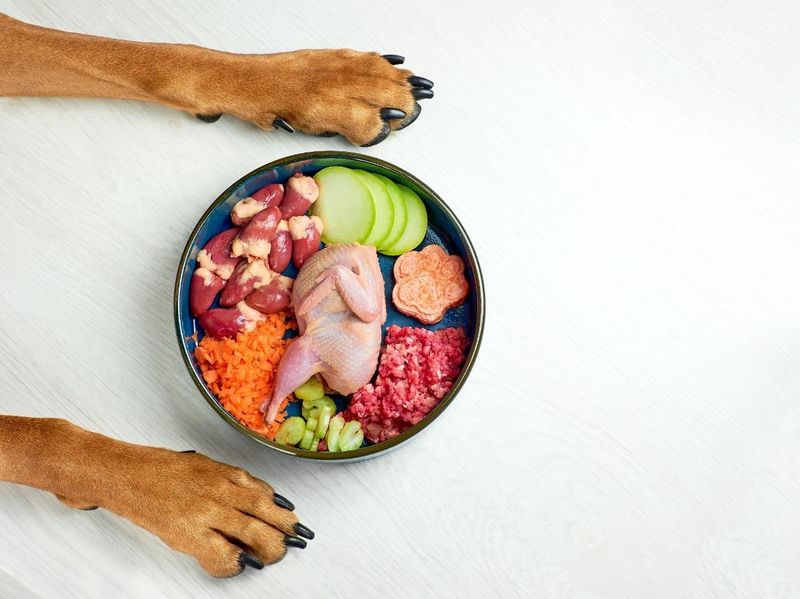
A balanced diet plays a significant role in your dog’s behavior and health. Provide nutritious meals that meet their specific dietary needs.
Consult with a vet to ensure your dog’s diet supports their lifestyle and health requirements. A well-fed dog is less likely to exhibit behavior issues linked to poor nutrition.
Good nutrition enhances your dog’s energy levels and temperament, promoting a harmonious household. Remember, a healthy diet is a cornerstone of a well-behaved pet.
Train for Separation Comfort

Separation anxiety can lead to destructive behavior. Train your dog to feel comfortable being alone gradually.
Start by leaving them in a safe space with toys and gradually increase the duration. Practice short departures and return calmly.
This training reduces anxiety and builds independence, making your dog more relaxed and well-behaved when alone. A dog comfortable with solitude is a stress-free companion.
Incorporate Obedience Classes

Obedience classes offer structured training and socialization opportunities. Enroll your dog to learn commands and behaviors in a controlled environment.
Professional trainers provide valuable insights and techniques tailored to your dog’s needs. Classes also enhance social skills as dogs interact with others.
Regular attendance fosters discipline and reinforces learning at home. The benefits of obedience classes extend beyond behavior, promoting a balanced lifestyle.
Practice Patience and Love
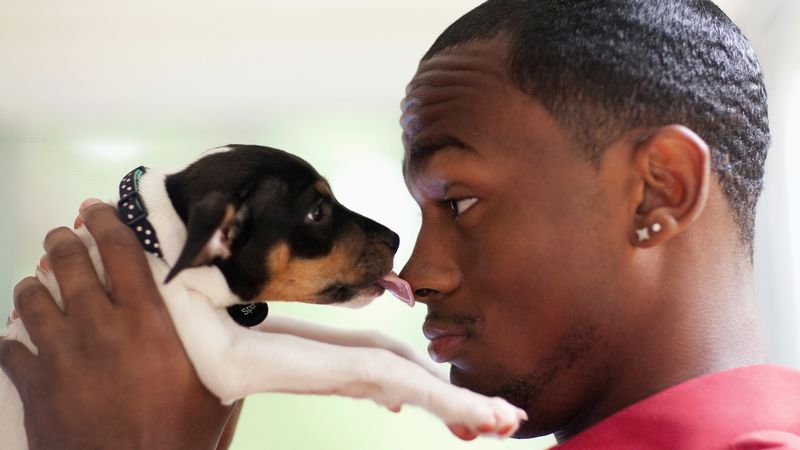
Patience and love are key ingredients in training your dog. Celebrate small achievements and be understanding of setbacks.
Every dog learns at its own pace, so adapt your approach to suit your pet’s personality. Positive reinforcement and affection create a trusting relationship.
A compassionate approach encourages your dog to thrive, reinforcing good behavior over time. Remember, love and patience are the building blocks of any lasting bond.
Regular Health Check-ups

Regular health check-ups are essential for your dog’s well-being. Schedule routine vet visits to monitor your dog’s health and address any issues early.
A healthy dog is often better behaved, as many behavioral problems stem from physical discomfort. Ensure vaccinations and preventative care are up to date.
An attentive approach to health care supports a long, happy life, and a well-behaved pet. Prioritizing health creates a positive environment for both you and your dog.

